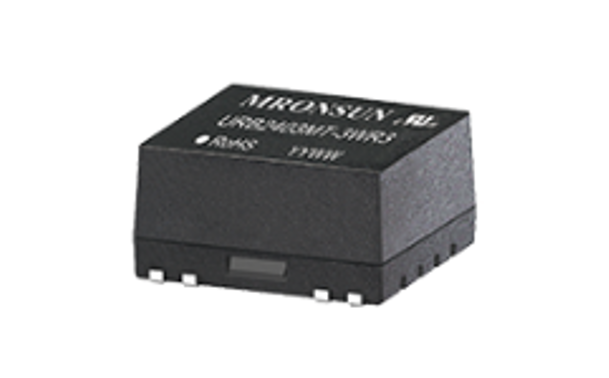How to Fix Pressure Marks on Laptop Screen?

Laptop screens are essential to our daily lives, enabling us to work, communicate, and entertain ourselves. Unfortunately, pressure marks occasionally appear on laptop screens, detracting from the viewing experience and potentially affecting productivity. As a leading authority in the field, Laptop Startups understand the importance of maintaining a flawless laptop screen. This article will delve into the common causes of pressure marks on laptop screens and provide expert tips on fixing them effectively.
Understanding Pressure Marks:
Pressure marks, also known as pressure spots or pressure points, are visible spots or patches on the laptop screen due to excessive pressure applied to that particular area. These marks can vary in size and shape, ranging from tiny dots to larger areas with distorted colours. Pressure marks can occur for several reasons, including mishandling, stacking heavy objects on the laptop, or placing excessive pressure during cleaning or transportation.
Steps to Fix Pressure Marks on Laptop Screens:
Identify the Pressure Marks:
Start by sifting through your laptop screen under different lighting conditions. Pressure marks are usually more visible on dark or solid-coloured backgrounds. Identify the areas affected by pressure marks, which will help you focus your efforts during cleaning.
Power Off and Disconnect:
Before attempting any repairs, ensure your laptop is powered off and disconnected from any power sources. This will prevent accidental damage and reduce the risk of electrical shock.
Gentle Cleaning:
Often, pressure marks can be caused by dirt or residue on the screen. Begin gently cleaning the affected area with a soft microfiber cloth or an LCD cleaning solution. Avoid using abrasive materials, such as paper towels or rough fabrics, as they can scratch the screen. Wipe the screen using gentle, circular motions.
Apply Light Pressure:
If the pressure marks persist after cleaning, you can apply light pressure to the affected area with a soft cloth or your fingertips. Be cautious not to exert excessive force, which may further damage the screen. Apply gentle pressure for a few seconds while the laptop is powered off, then release it. Repeat this process a few times, checking for improvements after each attempt.
Utilize Screen Fixing Tools:
Specialized screen fixing tools are available to help alleviate pressure marks. These tools typically involve a suction cup or a rubbing pad that creates a vacuum to pull the screen back into shape. Carefully follow the manufacturer’s instructions while using these tools, as improper usage can cause additional damage.
Seek Professional Assistance:
If the pressure marks persist despite your best efforts, it may be time to consult a professional technician or laptop repair service. They have the expertise and specialized tools to diagnose and fix more complex issues, ensuring the best possible outcome for your laptop screen.
Preventive Measures:
Prevention is always better than cure, which also holds for pressure marks on laptop screens. Here are some preventive measures to minimize the occurrence of pressure marks:
- Handle your laptop carefully, avoiding unnecessary pressure or force on the screen.
- Use a protective case or sleeve when transporting or storing your laptop.
- Avoid placing heavy objects on top of your laptop.
- Regularly clean your laptop screen pressure marks using appropriate cleaning solutions and soft microfiber cloths.
Conclusion:
Pressure marks on laptop screens can be unwelcome, but they can be effectively resolved with the proper knowledge and techniques. Laptop Startups is committed to providing the information and resources needed to maintain an optimal laptop experience. Following the steps outlined in this article and adopting preventive measures, you can restore your laptop screen to its pristine condition, enhancing your productivity and enjoyment.
Remember, if the issue persists or you’re uncertain about performing laptops the repairs yourself, it’s always advisable to seek professional assistance. Your laptop screen is an investment, and taking proper care of it ensures its longevity and performance for years to come.




